Why Is My Sewing Machine Jamming & How To Fix It: 2024 Hack
If you’re like me, you’ve probably wondered why your sewing machine keeps jamming. Well, wonder no more!
In this blog post, I’ll share some of the most common reasons why sewing machines jam, and how to prevent it from happening in the future.
Causes Of A Sewing Machine Jam
There are several reasons your sewing machine might be jamming. The most common cause is a Thread Tension problem. The second most common cause of sewing machine problems is a dull needle.
Sewing with a dull needle will damage your fabric and cause your thread to break. The third most common reason for sewing machine problems is incorrect threading of the bobbin.
Lastly, one other possible reason for sewing machine problems is the poor-quality thread. Any of these factors can cause your sewing machine to jam.
How To Prevent A Sewing Machine Jam
Sewing machine jams are one of the most common sewing machine problems. There are a few different reasons why your sewing machine might be jamming, but luckily there are also a few easy ways to prevent it.
One of the most common causes of sewing machine jams is using the wrong type of thread.
Make sure you’re using a high-quality thread that is designed for sewing machines. If you’re using a lower-quality thread, it’s more likely to get tangled and cause a jam.
Another common cause of sewing machine jams is using the wrong size needle. Needles come in different sizes for different fabric thicknesses.
If you’re using a needle that is too small or too large for your fabric, it can cause problems. Make sure you’re using the correct size needle for your fabric.
Sewing machine jams can also be caused by dust and lint buildup in the machine. Over time, dust and lint can build up on the moving parts of your sewing machine and cause problems.
To prevent this, make sure you regularly clean your sewing machine according to the manufacturer’s instructions.
If your sewing machine does jam, don’t panic! There are a few things you can do to try to clear the jam. First, try gently pushing or pulling on the fabric that is stuck in the machine.
If that doesn’t work, you can try gently removing any obstruction that might be blocking the path of the fabric.
If all else fails, you can always take your sewing machine to a professional for service.
How To Fix A Sewing Machine Jamming
If your sewing machine keeps jamming, there are several possible reasons why. Here are some tips on how to fix a sewing machine jam and get your machine running smoothly again.
First, check the needle. Make sure your machine needle is the correct size and type for the fabric you are using. If the needle is too small or too sharp, it can cause the fabric to bunch up and jam.
Next, check your bobbin. The bobbin must be inserted correctly and tensioned properly in order for the machine to sew correctly. If the bobbin is incorrectly tensioned, it can cause the thread to bunch up and jam.
Finally, make sure the feed dogs are set correctly. If they are not set correctly, they can cause the fabric to bunch up and jam.
Tips For Avoiding Sewing Machine Jams
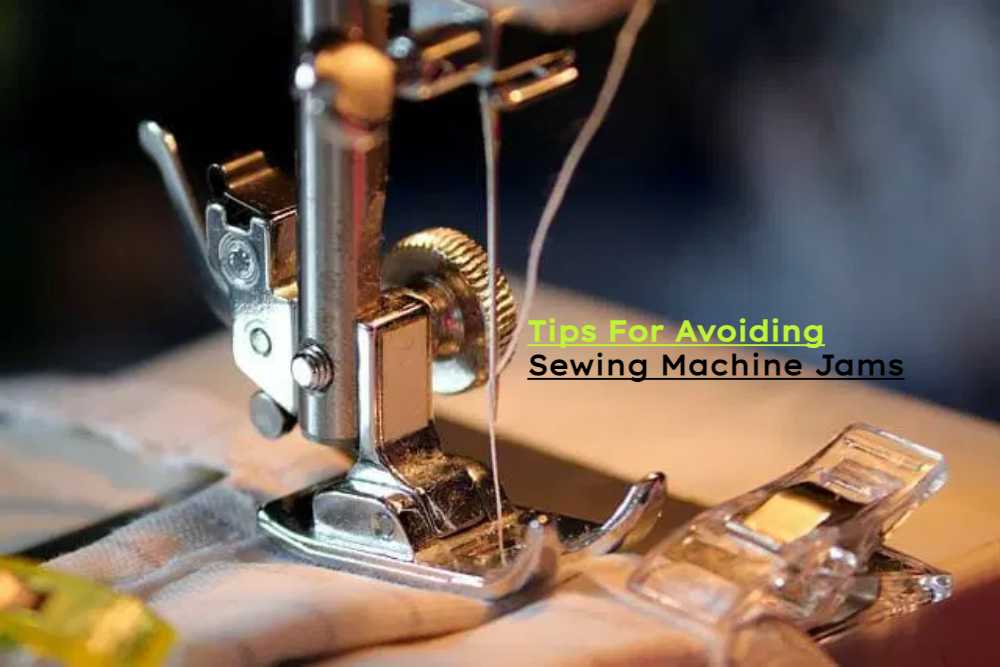
Sewing machine jams are frustrating, but there are a few things you can do to avoid them.
First, make sure you’re using the right type of needle for the fabric you’re working with. If you’re not sure, ask an expert at your local fabric store.
Second, be sure to change your needle frequently. A dull needle will not only make your sewing machine jam more easily, but it can also damage your fabric.
Third, keep your sewing machine clean. Lint and other debris can build up inside the machine and cause it to jam. Be sure to clean out the lint trap after each use, and clean the rest of the machine regularly according to the manufacturer’s instructions.
Finally, if your sewing machine does jam, don’t force it. Turn off the power and consult your owner’s manual for instructions on clearing the jam. Forcing the machine could damage it or injure you.
Why Is My Sewing Machine Jamming
There are a number of reasons why your sewing machine might be jamming, but some causes are more common than others.
Here are the three most common reasons for sewing machine jams, along with suggestions for how to fix them.
1. Thread tension that is too loose or too tight can cause jams. To fix this, first, check your thread tension and make sure it is set correctly for the type of fabric you are sewing. If you’re not sure how to do this, consult your sewing machine manual or ask a professional.
2. Incorrect needle size or type can also cause jams. Be sure to select the correct needle size and type for the fabric you are sewing. Again, consulting your sewing machine manual or a professional can help you with this.
3. Another common cause of sewing machine jams is a build-up of lint and debris in the machine. To clear this out, simply use a soft brush to clean the lint trap and other areas of the machine where debris can accumulate.
How To Troubleshoot A Sewing Machine Jam
If your sewing machine has been jamming, there are a few things you can do to troubleshoot the issue.
First, check to see if the needle is bent or damaged in any way. If so, then change the needle with a new one.
Next, check to see if the bobbin case is installed correctly. If not, remove it and reinstall it according to your sewing machine’s instructions.
Finally, check to see if the presser foot is loose. If so, tighten it with a screwdriver. If your sewing machine continues to jam, take it to a sewing machine repair shop for further diagnosis and repair.
How To Clean A Sewing Machine To Prevent Jams
If your sewing machine has been jamming, it’s likely because it needs to be cleaned. Luckily, this is an easy task that you can do at home with just a few supplies.
First, start by unplugging your machine and removing any thread or fabric from the area around the needle.
Next, use a small brush to remove any lint or debris from the feed dogs (the small teeth that move the fabric through the machine).
You can also use a Q-tip to clean out the bobbin area (the housing for the bottom thread).
Once you’ve removed all the visible debris, it’s time to oil your machine. This will help keep the moving parts working smoothly and prevent further jams. Be sure to check your sewing machine’s manual for specific oiling instructions.
With regular cleaning and maintenance, you can keep your sewing machine running smoothly for years to come!
How To Properly Maintain A Sewing Machine To Avoid Jams
Sewing machine jams are one of the most common sewing machine problems. A sewing machine jam can be caused by various things, such as Thread Tension, Incorrect Threading, Wrong Needle, and more. If you properly maintain your sewing machine, you can avoid jams and other issues.
Thread Tension
One of the most common reasons for a sewing machine jam is incorrect thread tension.
The thread tension should be just tight enough so that the thread does not slip, but not so tight that it causes the needle to bend.
If the tension is too loose, the thread will slip and bunch up, causing a jam. If the tension is too tight, the needle will bend and break.
Incorrect Threading
If the thread is not properly threaded through all of the guides and tensions, it can cause a jam.
Make sure to follow the manufacturer’s instructions for correctly threading your sewing machine.
Wrong Needle
If you are using a needle that is too big or too small for the thread or fabric you are working with, it can cause a jam. Be sure to use the correct size needle for your project.
Dirty Machine
A dirty sewing machine can also cause jams. Lint and other debris can build up in the feed dog area and cause problems.
Be sure to clean your sewing machine regularly according to the manufacturer’s instructions.
Conclusion
Sewing machine jamming is a common issue that can cause frustration, but it doesn’t have to be. With the right knowledge and the 2023 Hack’s tips, you should now feel more confident in resolving this pesky problem.
By understanding what can cause a jam, checking your tension settings regularly, and always cleaning and oiling your machine after each use, you’ll ensure that your sewing experience continues to run smoothly. Happy stitching!
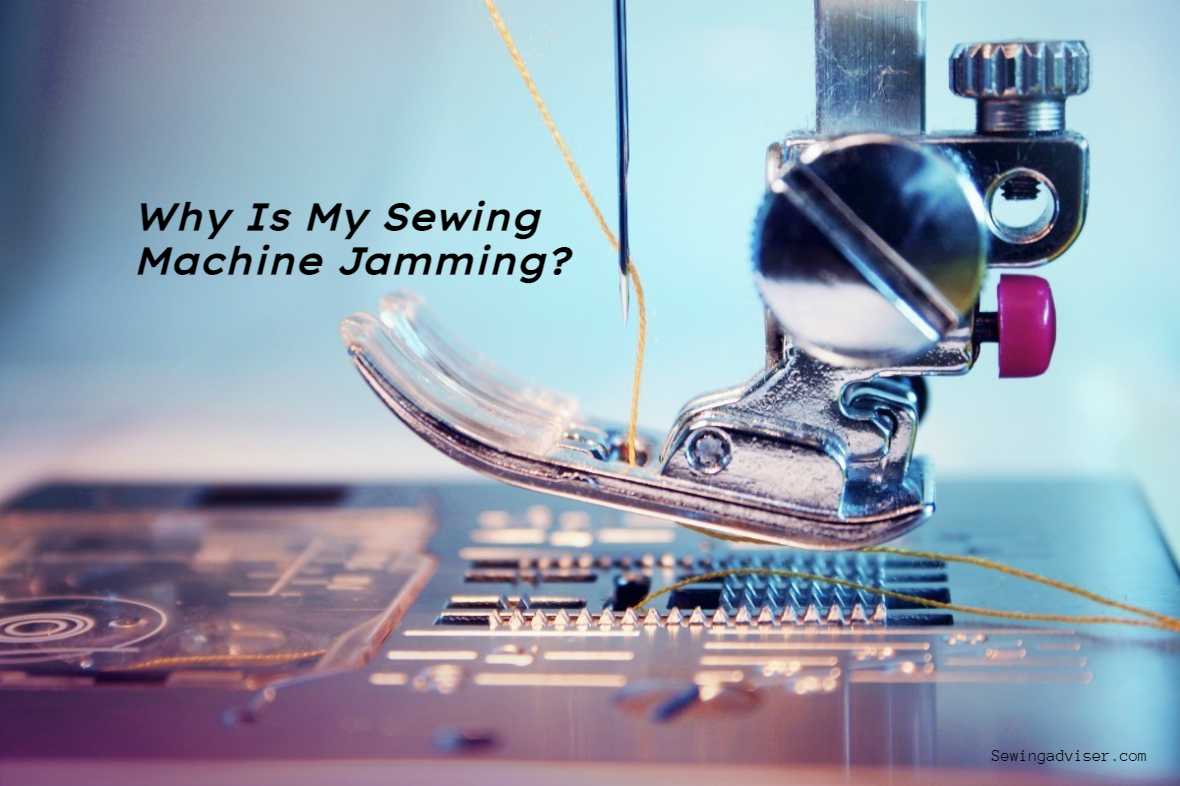
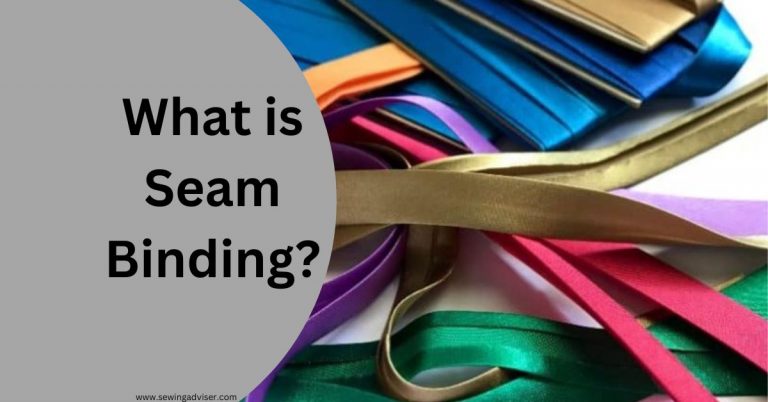
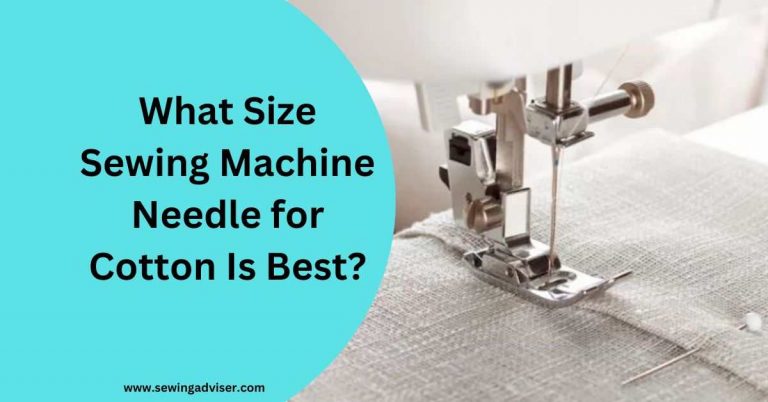
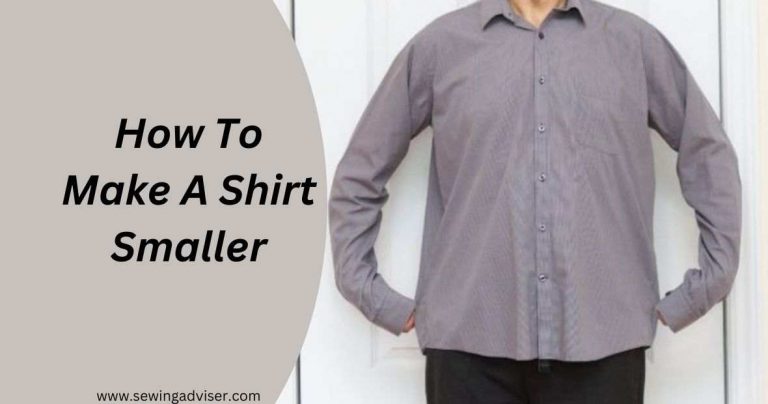
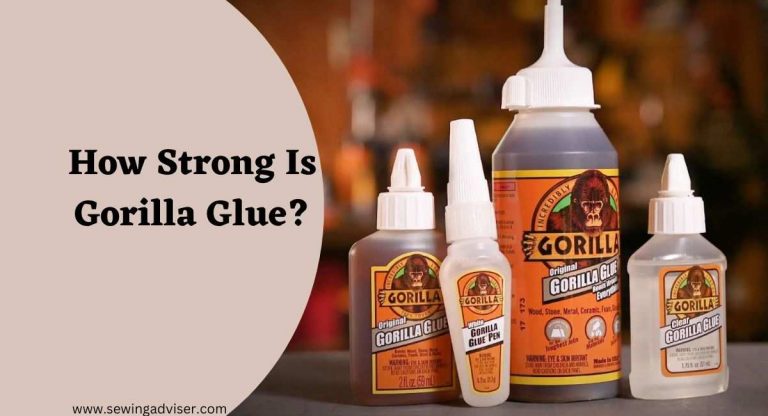
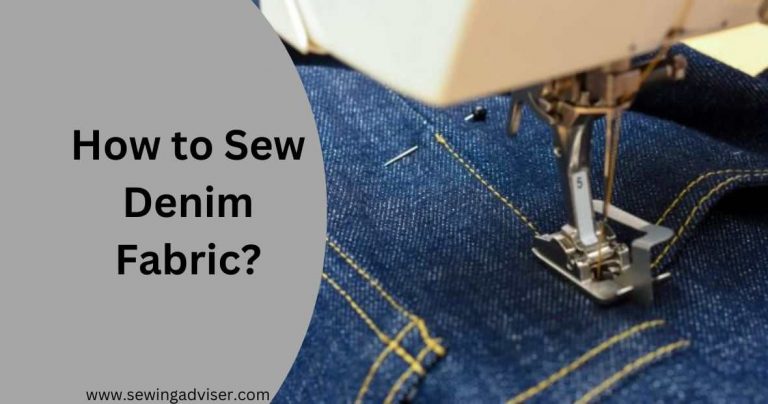
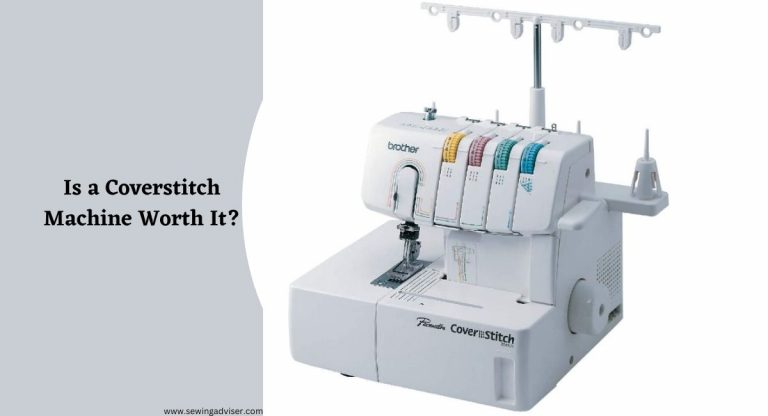
13 Comments